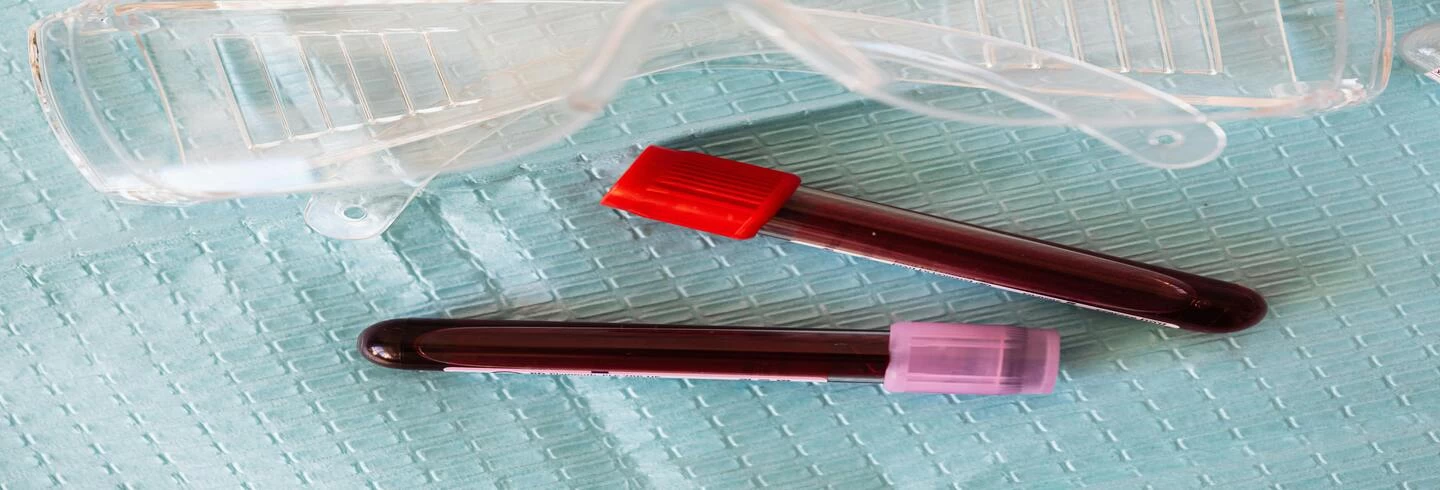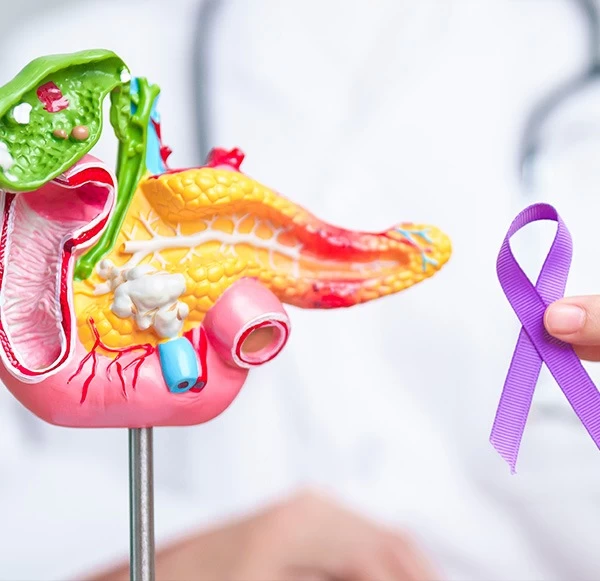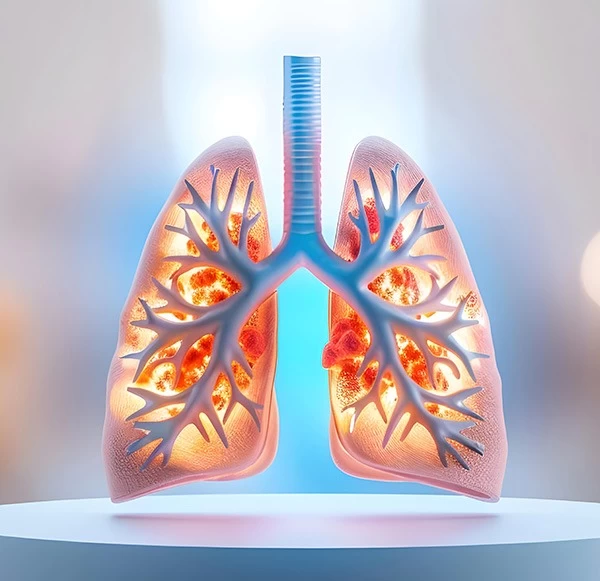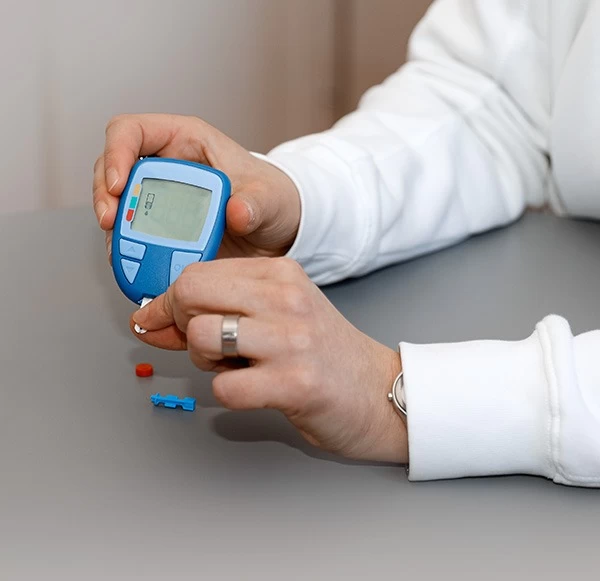- Email Us

Often
silent but far from harmless, Human Papillomavirus (HPV) is a virus with many
faces and serious consequences. It is one of the most common STDs, with over
200 related strains—some cause harmless skin warts, while others, especially
high-risk strains like HPV-16 and HPV-18, can lead to cervical, anal, throat,
and vaginal cancers. The World Health Organization reported that in 2022,
HPV-related diseases caused around 350,000 deaths and 660,000 new cases
globally. Despite its prevalence, awareness about HPV remains low. This guide
explains how it spreads, its symptoms, testing options, and how to protect
yourself.
Types of HPV Explained:
Low-Risk Warts to High-Risk Cancer Links
HPV
includes 200+ strains—some harmless, others high-risk. These are classified as
low- or high-risk based on their potential to cause warts or serious cancers
like cervical, anal, or throat.
1. HPV Strains at Low Risk: Low-risk HPV strains typically don’t cause cancer but can
lead to genital, plantar, or common warts. Strains 6 and 11 cause about 90% of
genital wart cases. These conditions are usually treatable and not
life-threatening.
2. HPV Strains at High Risk: High-risk HPV strains can lead to
serious health problems if persistent. Linked to cancers like cervical, anal, and
throat, types 16 and 18 cause over 70% of cervical cancers. These
often-symptomless infections require regular screening and early intervention
for effective prevention.
How
HPV Spreads: Common Causes and Hidden Routes of Transmission
HPV
isn’t just passed through sexual contact — it has multiple, often overlooked
modes of transmission.
· Cuts or
abrasions: Cuts or abrasions on the skin
can allow the virus to enter through non-sexual transmission.
· Sexual
Transmission: Unprotected sexual activity is the leading source
of genital HPV infections.
· Parental
Transmission: When an HPV-positive pregnant woman gives birth,
the virus can be transferred to the unborn child, perhaps leading to pulmonary
papillomatosis.
· Polluted
Surfaces: Rarely, contact with contaminated objects—like towels or other personal
belongings—can spread HPV, especially if there are skin injuries.
· Skin to Skin
Interaction: Direct skin-to-skin contact, such as that which
occurs during vaginal, anal, or oral intercourse, is how HPV is transmitted.
HPV
Symptoms You Shouldn’t Ignore: From Warts to Warning Signs
The
majority of HPV-infected individuals show no outward symptoms. The virus may go
away on its own without posing any health issues. Although symptoms do appear,
they differ based on the kind of HPV and the body part afflicted which are:
· Genital
Warts
o Small,
flesh- or grey-colored bumps
o May
appear alone or in clusters
· Common
on:
o Groin,
thighs, vulva, vagina, cervix (women)
o Penis,
scrotum, anus (men)
· Precancerous
Changes
High-risk
strains cause cellular abnormalities that can lead to:
o Cervical,
anal, vaginal, vulvar, penile, and throat cancers
o Respiratory
Papillomatosis
o Caused by
low-risk strains
o Wart-like
growths in the airways
o Symptoms: hoarseness, chronic cough, breathing issues
· Advanced
Cancer Symptoms
o Cervical Cancer: Abnormal bleeding, discharge,
pelvic pain
o Oropharyngeal Cancer: Sore
throat, swallowing difficulty, neck lump
o Anal/Penile Cancer: Pain,
bleeding, discharge, or visible sores
Who can be affected by HPV?
HPV doesn’t discriminate — it
can affect anyone, regardless of gender, age, or lifestyle. As one of the most
widespread viral infections globally, it often goes unnoticed yet can lead to
serious health concerns. Here's how HPV affects different groups:
General Risk Factors:
In Women
In Men
HPV
Testing & Diagnosis: How to Know If You’re Infected
· Pap smear
test: The Pap smear is a straightforward test in which a small sample of
cells is gently collected from the cervix. These cells are then examined under
a microscope to identify any abnormal or potentially cancerous changes.
· HPV DNA
test: To understand the HPV DNA test, it's important to know that HPV
(Human Papillomavirus) is a group of viruses, some of which are linked to
the development of cervical cancer. The HPV DNA test checks for the high-risk
strains of the virus that are most likely to cause these changes in the
cervix.
· HR-HPV
Genotyping Test (23 Types): This advanced test uses molecular methods
to detect 23 high-risk HPV strains. It helps identify specific types, aiding in
risk assessment, monitoring chronic infections, and guiding personalized
follow-up care for potential malignancies.
· High-Risk
HPV Genotype Panel: This test screens for
high-risk HPV strains tied to cervical, anal, and throat cancers. It helps
identify specific types, enabling early detection and tailored treatment for
higher-risk individuals.
· Comprehensive
HPV Genotyping (RT-PCR): This test has great sensitivity and specificity in
detecting the DNA of 23 high-risk HPV
genotypes using real-time PCR. It's a thorough method of HPV identification
that provides accurate information about a patient's cancer risk and aids in
deciding whether a biopsy, colposcopy, or routine follow-up screening is
necessary.
Why
Mahajan Imaging & Labs is Your Trusted Partner in HPV Care?
At Mahajan
Imaging & Labs, we take pride in being a patient-centric
diagnostic partner you can trust for complete HPV care. Our advanced facilities
offer a full range of HPV tests, including HPV DNA Qualitative Detection with
LBC, High-Risk HPV Genotyping (23 types) by RT-PCR, and targeted 16/18
genotyping panels. With state-of-the-art equipment and highly trained medical
professionals, we ensure accurate, timely, and confidential results. We
prioritize compassionate care, clear communication, and personalized support at
every step. Whether it's early screening or detailed diagnosis, we’re committed
to empowering patients with knowledge, confidence, and the highest standards of
preventive healthcare.
Protect your health with accurate HPV
testing at Mahajan Imaging & Labs. Book your screening today for early
detection, expert care, and prevention.
Frequently Asked Question
Q1. What
do HPV DNA test results mean?
Ans. A positive result indicates that high-risk HPV is present and that further monitoring or testing
may be needed.
Whereas, a negative result means no
high-risk HPV was found, and the risk of cervical cancer is low. This test
plays a vital role in early
detection and prevention of cervical cancer, particularly in
women aged 30 and above.
Q2. Is the HPV DNA test accurate?
Ans. For identifying high-risk HPV strains, the HPV DNA test is
quite accurate, particularly when used in conjunction with a Pap
smear.
Q3.
Can men be tested for HPV?
Ans. Healthcare professionals may do testing on
high-risk individuals, especially if there are indications of oral or genital
malignancies, even though there isn't an FDA-approved test for HPV in men.
Q4. What does an
undetectable HPV result mean?
Ans. An undetectable result indicates the absence of
high-risk HPV strains, which is a typical and healthy outcome. However, since
certain low-risk strains can still create problems, it's crucial to keep up
routine testing.
Q5. Are all warts caused by HPV?
Ans. Although not all skin growths referred to as warts
are caused by the Human Papillomavirus (HPV), the majority of them are. Various
types of warts are caused by different strains of HPV, including “genital
warts” (HPV-6, HPV-11), “plantar warts” (HPV-1), and “common warts” (HPV-2,
HPV-4). These growths, which vary in appearance and location, are not harmful.
However, HPV is not the cause of all wart-like lesions, such as “molluscum
contagiosum” or “seborrheic keratosis”.




